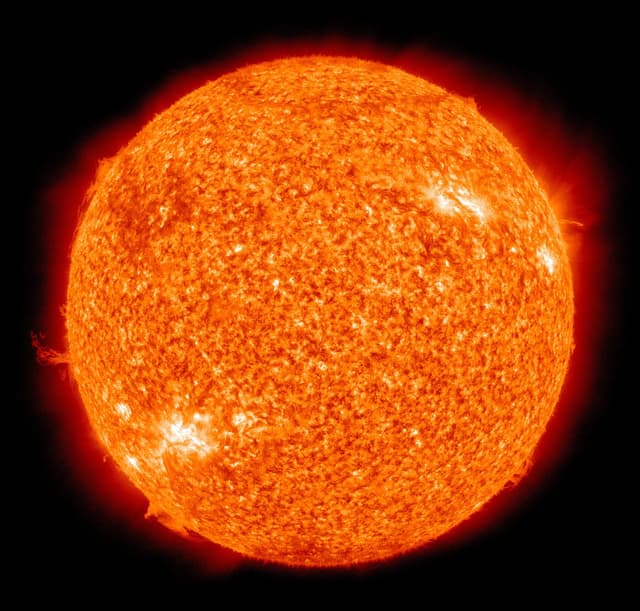The relative sizes of the Earth, Sun and Moon (non-statutory)
I can describe and compare the sizes of the Earth, Sun and Moon.
The relative sizes of the Earth, Sun and Moon (non-statutory)
I can describe and compare the sizes of the Earth, Sun and Moon.
These resources will be removed by end of Summer Term 2025.
Switch to our new teaching resources now - designed by teachers and leading subject experts, and tested in classrooms.
These resources were created for remote use during the pandemic and are not designed for classroom teaching.
Lesson details
Key learning points
- The Sun is much bigger than Earth and the Moon
- More than one million Earths would fit into the Sun
- Earth is much smaller than the Sun, but bigger that the Moon
- The Moon is approximately one quarter of the size of Earth
- We can find out about the size of objects in space by carrying out research
Keywords
Earth - Earth is the planet on which we live.
Sun - The Sun is a star and is at the centre of our solar system.
Moon - Our Moon is an object that travels around planet Earth.
Relative - We can compare the relative size of objects to help us understand how big they are.
Scale - We can use scale to help us understand the size of very big or very small things.
Common misconception
The Earth, Sun and Moon are the same size, or that the Sun is much smaller than it actually is.
Provide opportunities for children to explore diagrams and 3D models of the Earth, Sun and Moon which clearly show the differences in size.
To help you plan your year 5 science lesson on: The relative sizes of the Earth, Sun and Moon (non-statutory), download all teaching resources for free and adapt to suit your pupils' needs...
To help you plan your year 5 science lesson on: The relative sizes of the Earth, Sun and Moon (non-statutory), download all teaching resources for free and adapt to suit your pupils' needs.
The starter quiz will activate and check your pupils' prior knowledge, with versions available both with and without answers in PDF format.
We use learning cycles to break down learning into key concepts or ideas linked to the learning outcome. Each learning cycle features explanations with checks for understanding and practice tasks with feedback. All of this is found in our slide decks, ready for you to download and edit. The practice tasks are also available as printable worksheets and some lessons have additional materials with extra material you might need for teaching the lesson.
The assessment exit quiz will test your pupils' understanding of the key learning points.
Our video is a tool for planning, showing how other teachers might teach the lesson, offering helpful tips, modelled explanations and inspiration for your own delivery in the classroom. Plus, you can set it as homework or revision for pupils and keep their learning on track by sharing an online pupil version of this lesson.
Explore more key stage 2 science lessons from the Earth, Sun and Moon unit, dive into the full secondary science curriculum, or learn more about lesson planning.

Equipment
Beach ball, basketball, tennis ball, football, peppercorn (all optional, but beneficial)
Content guidance
- Risk assessment required - equipment
Supervision
Adult supervision required
Licence
Starter quiz
6 Questions



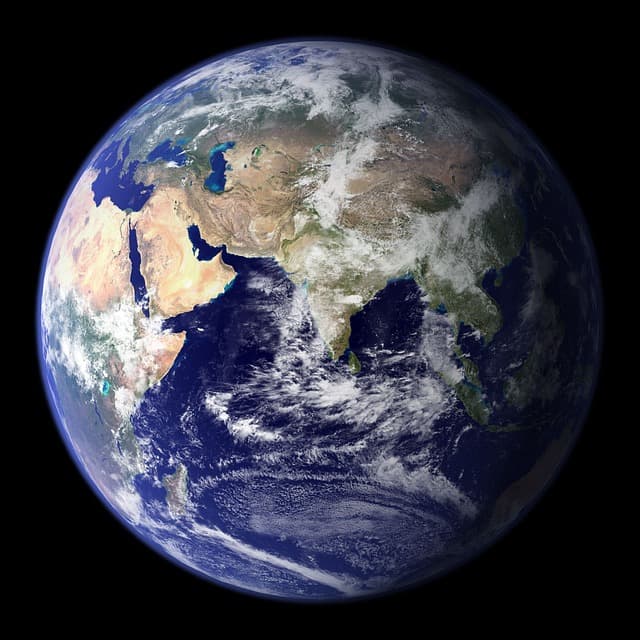

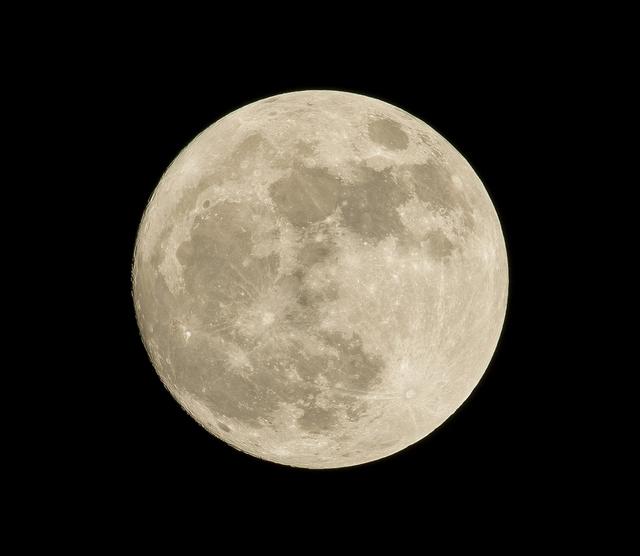
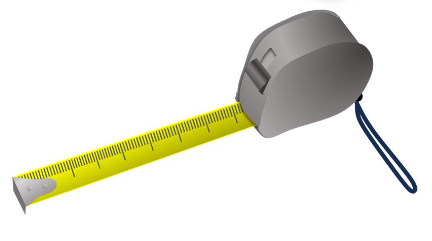
Exit quiz
6 Questions
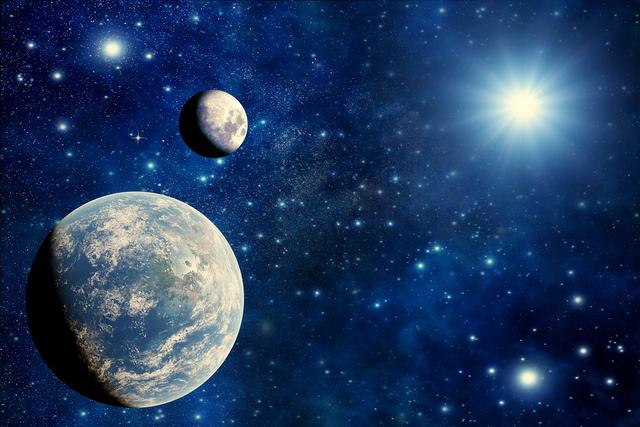
1.39 million km
12,742 km
3,475 km

